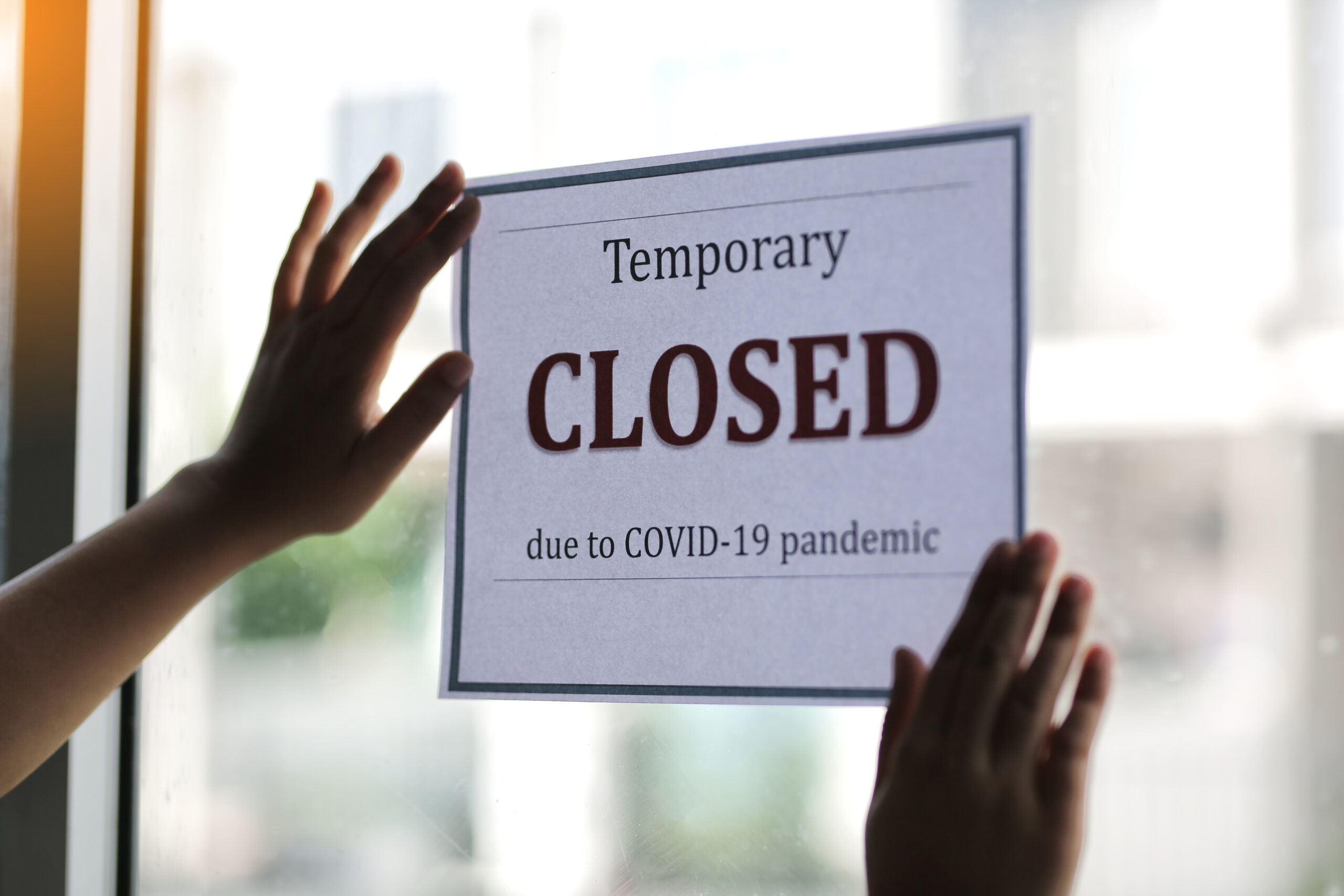
While government shutdown orders caused by the pandemic threaten to put many corporations out of business, insurance carriers have launched an outright war against businesses, arguing that no kind of insurance policy provides business income relief to policyholders. Most claims filed for Covid-19 losses have come under commercial property policies.
Although policyholders have filed hundreds of lawsuits seeking coverage for Covid-19 losses, one suit filed on Oct. 13 in the U.S. District Court for the Southern District of New York stands out from the rest. (See Jemb Realty Corp. v. Greenwich Ins. Co.). Unlike most insureds, the New York policyholder seeks coverage under an environmental insurance policy, which covers business interruption caused by “pollutants.”
Environmental insurers are now claiming that coronavirus is not a “pollutant.” But in previous cases involving near-identical policy language and in representations made to regulatory agencies, insurers said the exact opposite—that viruses are “irritants” or “contaminants,” and thus are covered “pollutants.”
Business Interruption Caused by ‘Pollutants’
Environmental policies cover business-interruption losses caused by “pollutants.” Most environmental policies define “pollutants” as follows:
Any solid, liquid, gaseous or thermal pollutant, irritant, or contaminant, including but not limited to smoke, vapors, odors, soot, fumes, acids, alkalis, toxic chemicals, hazardous substances, and waste materials.
Environmental insurance carriers have denied coverage for Covid-19 losses, claiming that the virus is not a pollutant because it is not an irritant or contaminant.
There’s just one problem: For years, insurance companies have told courts and regulatory agencies around the country that viruses are “pollutants,” in order to avoid having to pay claims under different kinds of policies.
Insurers Have Told Courts and Regulators That Viruses Are ‘Irritants’ or ‘Contaminants’ and Thus ‘Pollutants’
Other kinds of policies—such as general liability and commercial property policies—often have exclusions for pollution. They bar coverage for damage caused by “pollutants,” including “irritants” and “contaminants.”
For years, under general liability and commercial property policies, insurers have denied claims for losses caused by viruses, arguing that viruses are “irritants” or “contaminants” and are thus excluded as “pollutants.”
Insurers have had some success these with these arguments. Several courts have even held that pollution exclusions bar coverage for losses caused by viruses, because harmful microbes are “contaminants,” and thus excluded “pollutants.”
For example, the U.S. Court of Appeals for the Sixth Circuit in U.S. Fire Ins. Co. v. City of Warren (2003) applied a pollution exclusion to bar coverage for a sewage backup containing viruses and bacteria.
Insurers have also told state insurance regulators that viruses are “contaminants.” Specifically, in order to get approval to add virus exclusions to commercial property policies, insurers told state regulators that microbes such as rotavirus, SARS, influenza, and avian flu were examples of viral “contaminants,” meaning that they were already excluded by pollution exclusions. Thus, they argued, adding virus exclusions would not shrink coverage without a corresponding reduction of premiums. [ISO Circular (July 6, 2006)].
For insurers, the question of whether viruses are “pollutants” is Schrödinger’s Cat: When a policy excludes “pollutants,” viruses are pollutants; when an environmental policy specifically covers “pollutants,” they are not. Either way, the outcome remains the same, in the insurers’ view: There is no coverage.
In reality, insureds may recover under both environmental and commercial property policies because the law construes coverage provisions differently than exclusions: Environmental coverage provisions for “pollutants” are interpreted broadly and in favor of coverage, whereas commercial property exclusions for “pollutants” are construed narrowly and against the insurer.
Fortunately for policyholders, legal doctrines like judicial estoppel and regulatory estoppel prevent insurers from taking inconsistent positions. These doctrines prevent litigants from “playing fast and loose” with the court system by switching legal positions to suit their own ends. (See Sunbeam Corp. v. Liberty Mut. Ins. Co. (Pa. 2001)).
Environmental Policyholders Should Push for Coverage
While environmental policies may be less common than commercial property policies, policyholders have had success in coverage lawsuits for similar losses.
For example, in one 2015 lawsuit filed in federal court in Minnesota, an insurer denied coverage under an environmental policy after an outbreak of avian influenza contaminated the policyholder’s farms, claiming that the bird flu was not a “contaminant.” (See Rembrandt Enters. Inc. v. Ill. Union Ins. Co.).
After discovery, the insurer withdrew this claim and admitted that bird flu was a “contaminant” and covered “pollution condition.” The case later settled.
By spending years insisting that viruses are “pollutants,” insurers have painted themselves into a corner. With respect to environmental policies, policyholders can hold insurance carriers to their word and obtain coverage for Covid-19 losses. See also A Surge in Pro-Policyholder Covid-19 Decisions
This article was published on November 18, 2020 in Bloomberg News. https://news.bloomberglaw.com/securities-law/inconsistencies-haunt-environmental-insurers-covid-19-claims-denials
Reproduced with permission from Copyright 2020 The Bureau of National Affairs, Inc. (800-372-1033) www.bloombergindustry.com.



